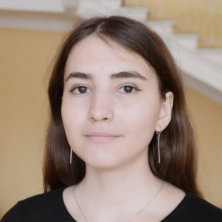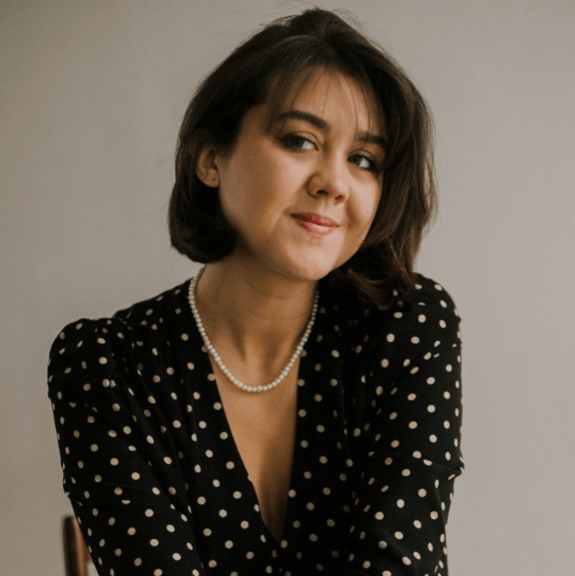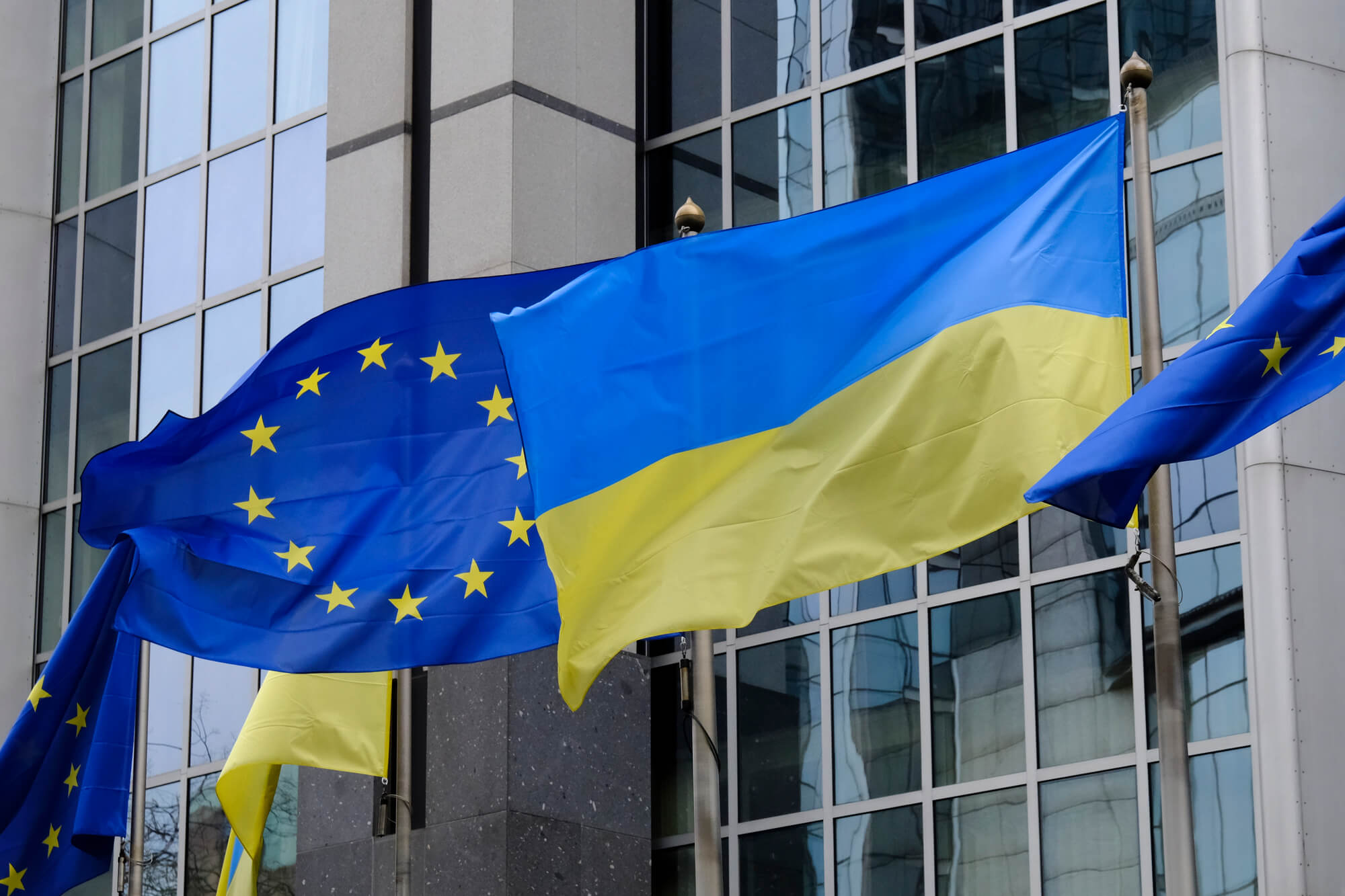As early as 2021, the first batches of “general use” vaccines against coronavirus are promised. Accidental and critical, hastily studied, but vaccines that are likely to save tens of thousands of human lives. We tell you which drugs may soon be on the market, who can get the first vaccines, and what Ukrainians should expect.
What vaccines are currently being tested?
Nine vaccines are currently in the third phase of clinical trials. This means that thousands of people are being vaccinated. If at least 50% of them avoid infection, the vaccine will be considered effective.
Here are some of the promising coronavirus vaccine candidates:
- The American “Moderna” — it has been tested on people since March, now the vaccine is in the third phase of the study. As of September 25, more than 15,000 people have already received the second dose of the drug.
- The local government approves the Chinese “CanSinoBio” for limited use by military and large state-owned companies. Thus, while the vaccine testing is still ongoing, vaccinations are offered to PetroChina employees who work abroad on governmental construction programs.
- Chinese “Sinovak” — in August, the company agreed to supply Indonesia with 40 million doses in March 2021. And in late September, the manufacturer said that in early March the company would be able to begin international deliveries.
We should not count on the perfect vaccine right away. For example, scientists had been working on previous medications for smallpox, rotavirus, and human papillomavirus for 15 to 28 years. We will have to wait for a well-researched and utterly safe vaccine in our conditions, at least until 2033. So far, we are talking only about the short-term positive effects of clinical trials lasting 12-18 months.
However, there is no better alternative, so states are already actively increasing industrial capacity and queuing for the required doses.
In addition, some governments have been willing to share the risks of new vaccines with manufacturers. For example, in most countries, the AstraZeneca company had to be released from responsibility for the vaccine it developed and tested. That is, the company would not pay damages if patients had side effects. The purchasing state would assume this obligation. But this company has recently suspended phase III of vaccine testing because one of the volunteers had a complex side effect detected.
Which countries are “last ones” in the line?
Countries are already lining up for the new vaccines. To guarantee countries equal access to vaccines, the WHO, the European Commission, and France launched the COVAX project in April. Gavi, the International Vaccine Alliance, coordinates the project. The USA refused to participate in the project.
COVAX is a kind of airbag. The principle is the following: richer countries “chip in” money to support medical research and invest in building the infrastructure. Therefore, in the future, it will be possible to produce more doses of the drug to distribute among the participating countries, now there are about 170 of them.
What is the benefit for the 78 rich states? For them, the project’s involvement is a plan “B” if bilateral agreements directly with manufacturers will have to be terminated. Also, depending on the generosity of funding, up to 50% of their population will have access to vaccines.
There are two options for participation in the “vaccine alliance”.
According to the first, the state must pay in advance 15% of the cost of a determined batch of vaccines (approximately $1.60 per dose). The country undertakes to buy these vaccines later. It will be possible to refuse such an agreement only if the drug’s market price exceeds the expected one.
According to the second, more flexible option, the advance is almost $3 per dose and another 40 guarantee cents per unit of the output. In this case, the country will be able to cancel the order if, for example, it buys the required number of vaccines directly from the manufacturer. Then only 40 guarantee cents will be “lost” as they will cover logistics costs.
92 poorer countries will be able to get vaccines for 20% of citizens, primarily those at risk. The Gavi platform raises funds to support countries that will not be able to buy the medications on their own (including Ukraine). Among the platform’s prominent donors are the OECD (Organization for Economic Co-operation and Development), private companies, and benefactors-philanthropists. As of September, $700 million has already been raised from the planned $2 billion.
Some studies suggest that you may need to be vaccinated two or more times because a single vaccination may not give stable immunity. Thus, production and logistics costs will increase accordingly.
And who are these 20% of the population who will be given the vaccine?
WHO has identified three categories:
- Those for whom the disease can have the worst consequences, i.e., people with concomitant chronic illnesses and those who are over 65 years.
- Healthcare workers contact many potentially sick people and, therefore, can spread the virus outside the work environment.
- Volunteers who participated in vaccine research and trials.
If a patient belongs to several categories simultaneously, he/she has the right to receive the drug even faster. However, even with such priorities, the vaccines may not be enough: then, the WHO advises using the (weighted) draw method.
It is clear that the production, delivery of the vaccine, and vaccination will require some time. It is essential to make the distribution of vaccines as transparent as possible not to feel unjust for society. For example, the British principles of vaccine distribution emphasize the following rules:
- Transparency: all decisions must be public.
- Inclusiveness: the community must be involved in the decision-making process.
- Consistency: People within the same category should be treated the same. There should be no privileges for family members or political allies.
And what about Ukraine?
Ukraine has already joined COVAX, i.e., it can count on approximately 8 million doses for the promised 20% of the population, which will come in several tranches. Will we pay dearly for it? Theoretically, we won’t.” because we belong to the poorer 92 states that can claim full or partial Gavi assistance.
However, COVAX is not the only way. The government and the Ministry of Health are negotiating with foreign companies alongside. They want to agree on purchasing the drug for the rest of the population, without special offers, but for budget funds. In particular, it was about the developments of the Swedish-British company “AstraZeneca” (but it has suspended the research) and the Chinese “Sinovac.” They also communicate with Americans: “Johnson & Johnson”, “Moderna” and “Pfizer”. Contracts have not been signed with anyone yet. Only the so-called pre-orders have been placed.
Earlier, Chief Sanitary Doctor, Viktor Lyashko, said that it is planned to allocate funds for vaccination of at least 40% of the population from the 2021 budget, that is, about 20 million people. First of all, for medical workers, law enforcement agencies, senior citizens, and those with chronic diseases. He also told that the Chinese vaccine would cost about $20 per dose, i.e., up to 600 hryvnias, and the vaccination would have to be made twice. So the protection of one person will cost more than 1000 hryvnias.
In the draft budget for 2021, 2.6 billion hryvnias has been assigned for vaccination against COVID-19. According to the previous estimates, this money should be enough for vaccines for more than 2 million people. However, while the final price of vaccines is unknown, it is difficult to predict the number of vaccinated at public expense accurately.
As soon as the vaccine is enough for vulnerable groups, it will be available not only for medical institutions but also for businesses. Those who want to protect their employees from the disease will be allowed to buy the drug on the Ukrainian market.
Although locally developed vaccines’ effectiveness and safety have not yet been proven, China has already begun vaccinating its population. Ukraine is waiting for a vaccine that will pass clinical trials. However, it seems that the government should start an awareness campaign on vaccination now because the number of those ready to be vaccinated is just a little bit bigger than those who do not want to.
Attention
The authors do not work for, consult to, own shares in or receive funding from any company or organization that would benefit from this article, and have no relevant affiliations




